

Once a common lifestyle reserved for expats and vagabonds, nomad living is now becoming a popular lifestyle choice for everyday Americans due to the current economic climate in the United States.
In this article I’ll clarify a number of nomad living options for Americans, digital nomads, tourists and expats –In addition to highlighting some tools you’ll need, and a few nomad-friendly cities in the US to get your creative juices flowing.
The rest of this website will show you how you can afford nomad living by making money online –so bookmark us with Pocket and visit often.
Related: How to Become a Digital Nomad, Step-by-Step
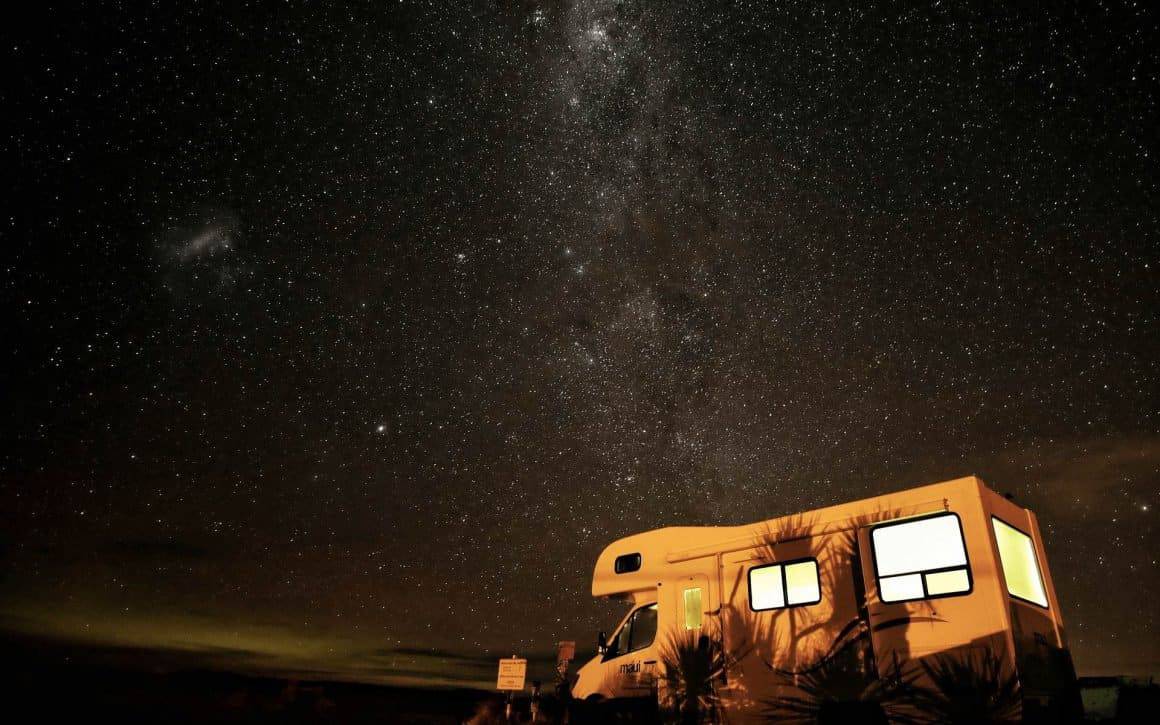
Making Lemonade
Limited budgets, vast student debts, and the ubiquitousness of accommodation-letting apps and websites paired with the ability to work from anywhere mean that having no fixed address is quickly becoming mainstream. It’s not all Grapes of Wrath, either.
Nomad living in the USA is possible, and it can be comfortable. The stigma that surrounds the vagabond lifestyle has all but dissipated –Millennials have made transience great again.
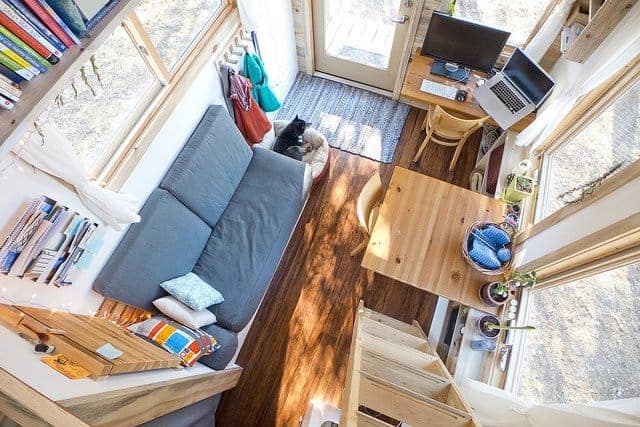
Think the US is the Worst Nomad Living Destination? Think Again
Like many travel bloggers and digital nomads pushing a lifestyle of laptops under palm trees, we too have overlooked the beauty and shoestring potential for nomad living in the United States. And it isn’t because we have a bone to pick with this superpower.
In spite of what popular media keeps repeating, America is not all Alex Jones, People of Walmart, triggered feminists, guns, and junk food. The majority of expats I have met nomad living abroad have held American passports, and they were mostly salt of the earth types.
The ones trying to adapt and change their circumstance by being willing to live unconventionally, in my experience, are some of the most ‘woke’ Americans I’ve ever met.
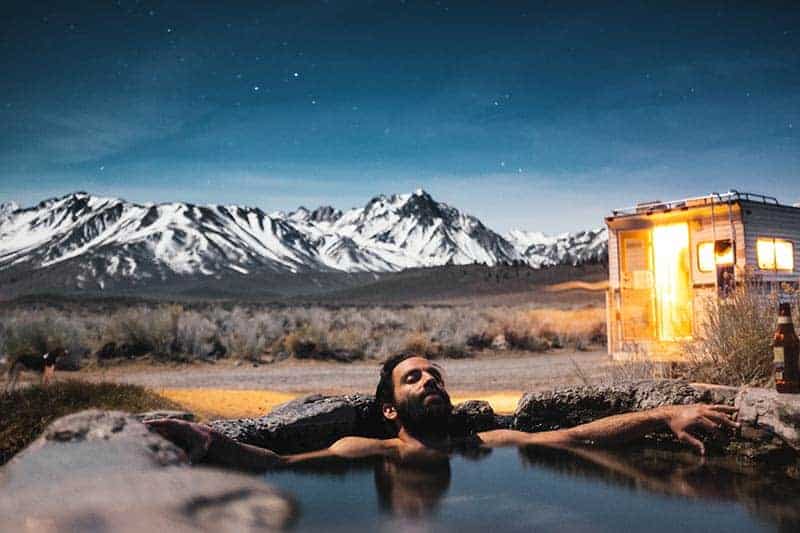
Let’s face it, Americans are getting a bad rap. While some will argue it’s deserved politically, its citizens are getting caught in the crossfire. And since not everyone can leave their country and move to another part of the world where life is cheaper, this post will provide our America-bound readers with options for living more affordably while improving their quality of life.
This article is all-inclusive, too. Let’s talk about how anyone –expats, tourists, and Americans can give nomad living in the United States a go.
Related: What’s the Best GPS Tracker for Traveling, Kids, Pets, and Luggage?
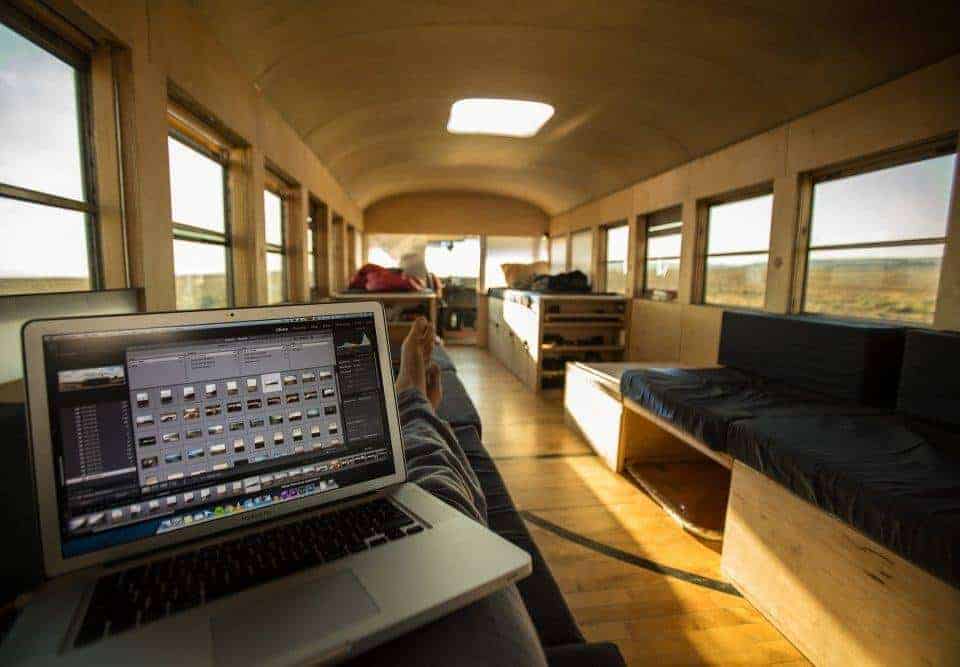
Nomad Lifestyles of the Bootstrapped and Frugal
If you are considering nomad living in the United States, it’s probably best that we turn to communities that already exist for support.
There are three distinct and inclusive nomad living communities:
- Digital nomads – Home, transportation, and income usually come from an app or website
- Mobile homes – Tiny houses, RVs, campers, trailers, and renovated buses
- Van life –Vans that have been renovated to include a small kitchen, toilet, and bed
All three nomad living communities have family-friendly options and although one could hold a regular job with either lifestyle, working online provides the most flexibility.
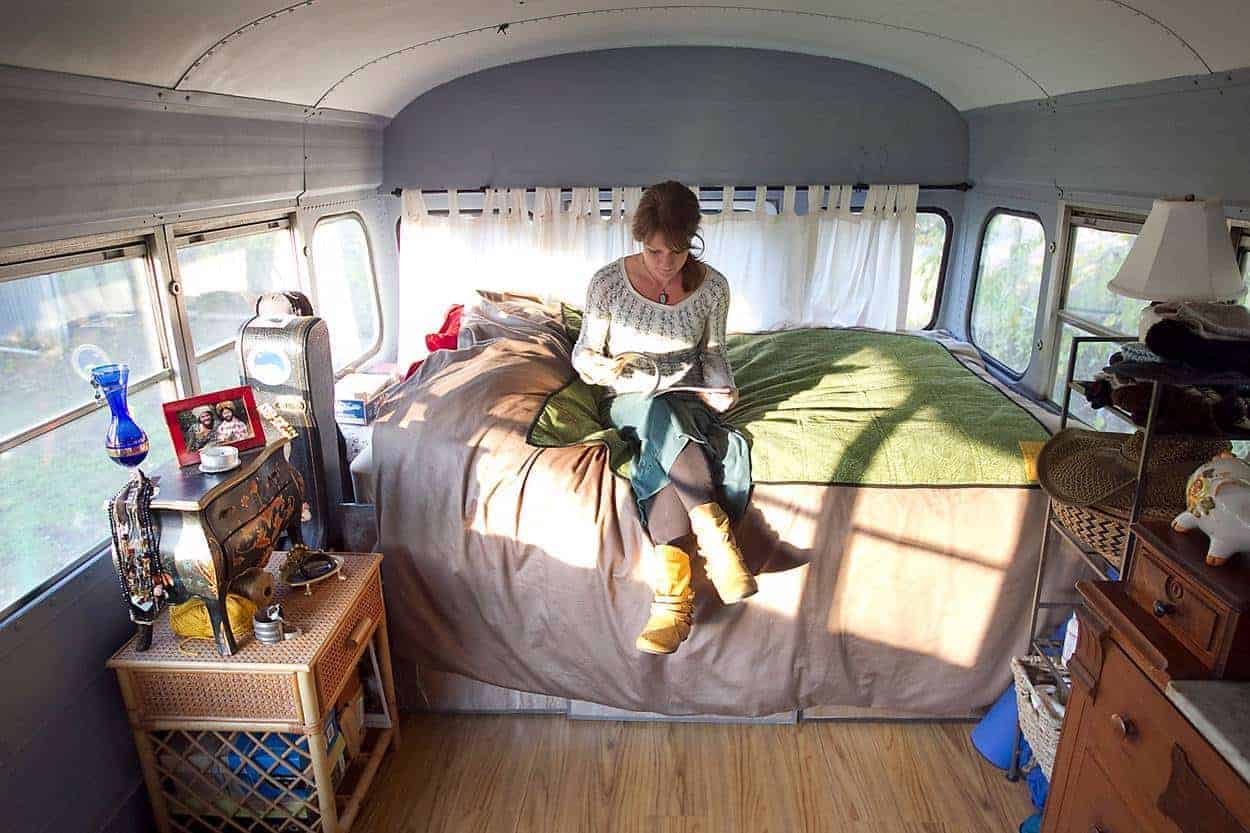
The Roaming Economy
Making money online is a key part of the “roaming economy” that comes with living a nomadic lifestyle. For beginners, we suggest FlexJobs (Top 25 Companies Hiring for Remote Positions) although we’ve reviewed about a hundred individual remote job websites for you to browse.
Other suggestions for making money online can be found all over this website, so take a look around when you find the time.
Read: Location Independent Jobs That Are Always Hiring (deep links, always updated automatically) –this article links to active search results on FlexJobs for digital nomad jobs that you can apply for today.
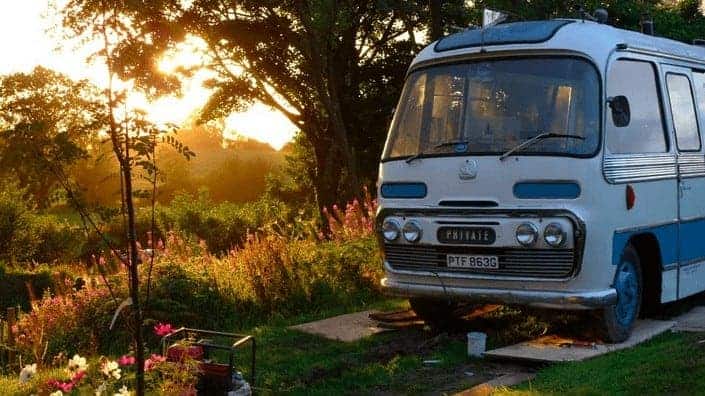
Digital Nomads
A digital nomad is usually someone who works online, strings together short term rentals, and relies on Uber, Megabus, or public transportation to get around.
For accommodation in the US, digital nomads usually plan ahead with websites like Airbnb, Agoda, Booking.com, or HomeAway.
TrustedHousesitters is also a great place to line up back-to-back free accommodation if you’re willing to look after someone’s beloved pet and pay the one-time sign up fee. These options provide a great place to live and work, unlike hostels or sites like Couchsurfing.
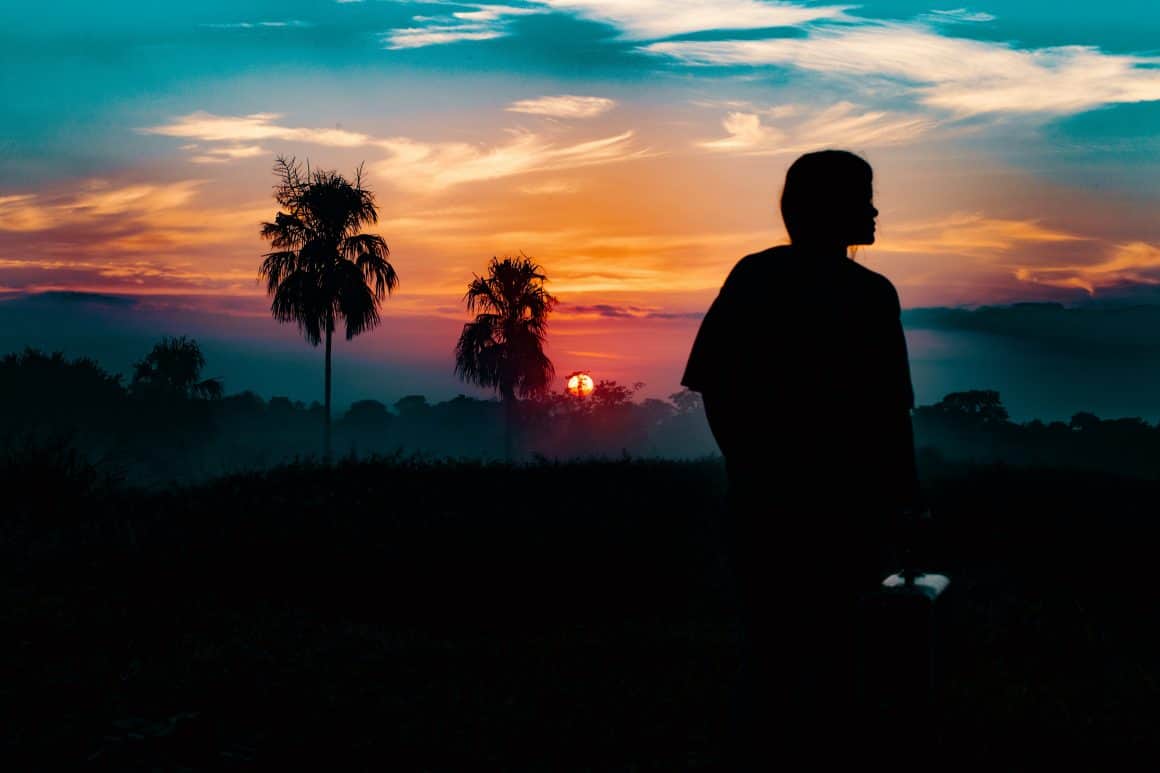
If you’re coming from outside of the US as a tourist or expat, the Electronic System for Travel Authorization (ESTA) will help simplify the visa process.
You can find digital nomad forums on Reddit and Facebook groups like Digital Nomads Around the World, Digital Nomad Girls, and our brand new group called Hobo with a Laptop.
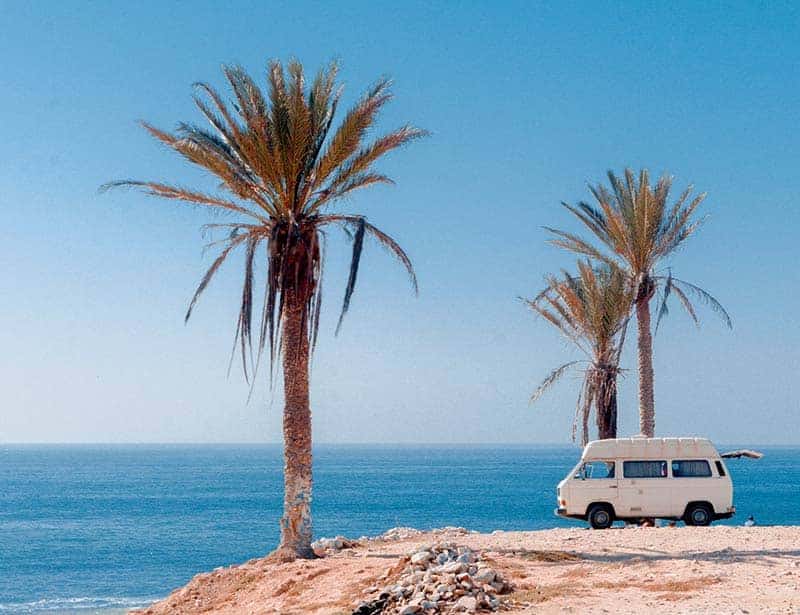
Digital Nomad-Friendly Cities in the US
Everyone has different preferences and people I’ve spoken to have made such diverse suggestions that you’re spoiled by choice.
Your best bet is to explore some of the accommodation sites I mentioned earlier and cross-reference what’s available with your own preferences.
Some key factors to consider when choosing a digital nomad-friendly city in the US is whether or not you’re looking for a progressive city with a lot of coworking spaces, easy access to the outdoors, cheap accommodation, legal weed, a place that’s ripe with prospective clients, and so on.
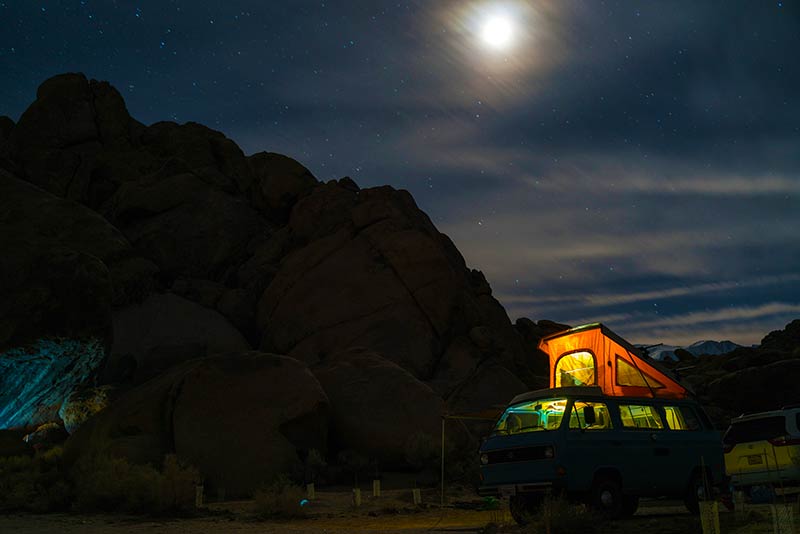
To get a discussion started that I hope will get expanded in the comments; I’ve heard that New Orleans in Louisiana, Pueblo in Colorado, and Kansas City in Missouri are laid back (and perhaps downright folksy) and the rent is quite cheap.
Jacksonville, Florida is also cheap and full of prospective clients for internet marketers –lots of old money and bad websites. But it’s sorta’ boring, so there’s that.
Las Vegas, Nevada has an excellent library system, casinos with free WiFi, nightlife, and the cost of living is quite lower than you’d expect.
Other top digital nomad cities in the US include Austin in Texas, San Francisco in California, and Portland, Oregon.
Source: Digital Nomads Reddit
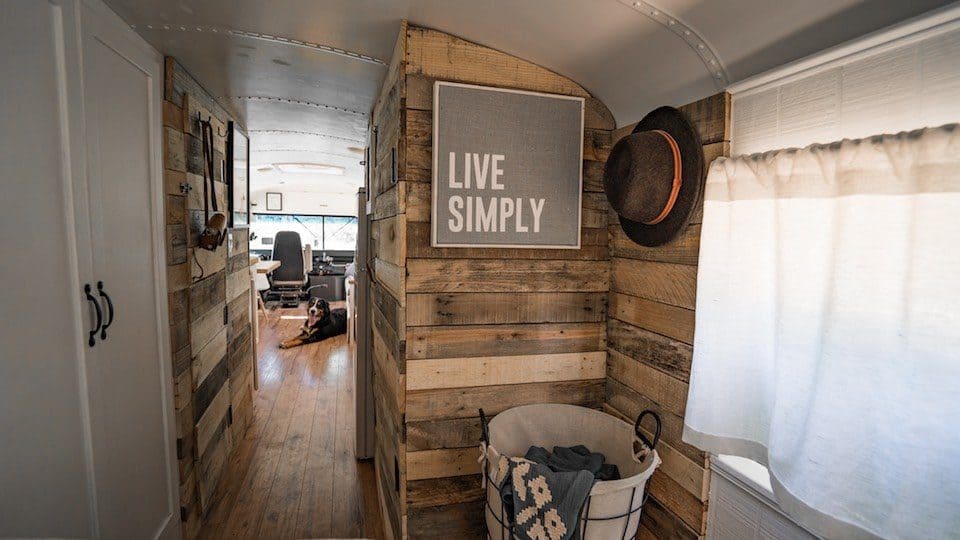
Mobile Homes
Mobile homes are a great way to turtle –carry your whole home on your back, move at a moment’s notice, and not be fussed with looking for or paying for accommodation as you go. Of course, there are strings attached; you own a vehicle, will need to find places to park, learn about composting your poop, and all the costs and liabilities that come with it.
Mobile homes come in a range of flavors; tiny houses, RVs, campers, trailers, and renovated buses (aka skoolies).
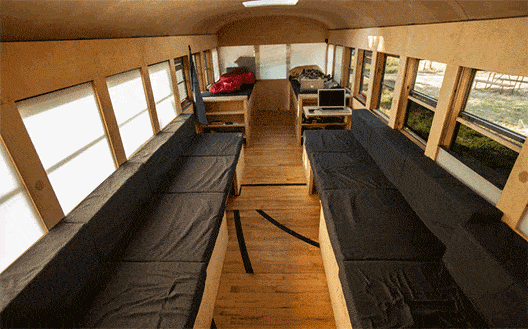
Tiny houses are a personal favorite. They’re popular because living in one doesn’t mean giving it all up and you can still retain a semblance of the life you had before you considered a nomadic lifestyle; they aren’t as cramped as an RV, and they still feel like a house.
There is a lot of support for beginners in the tiny house community, beautiful architectural options, and you can build one for as little as $25,000 USD.
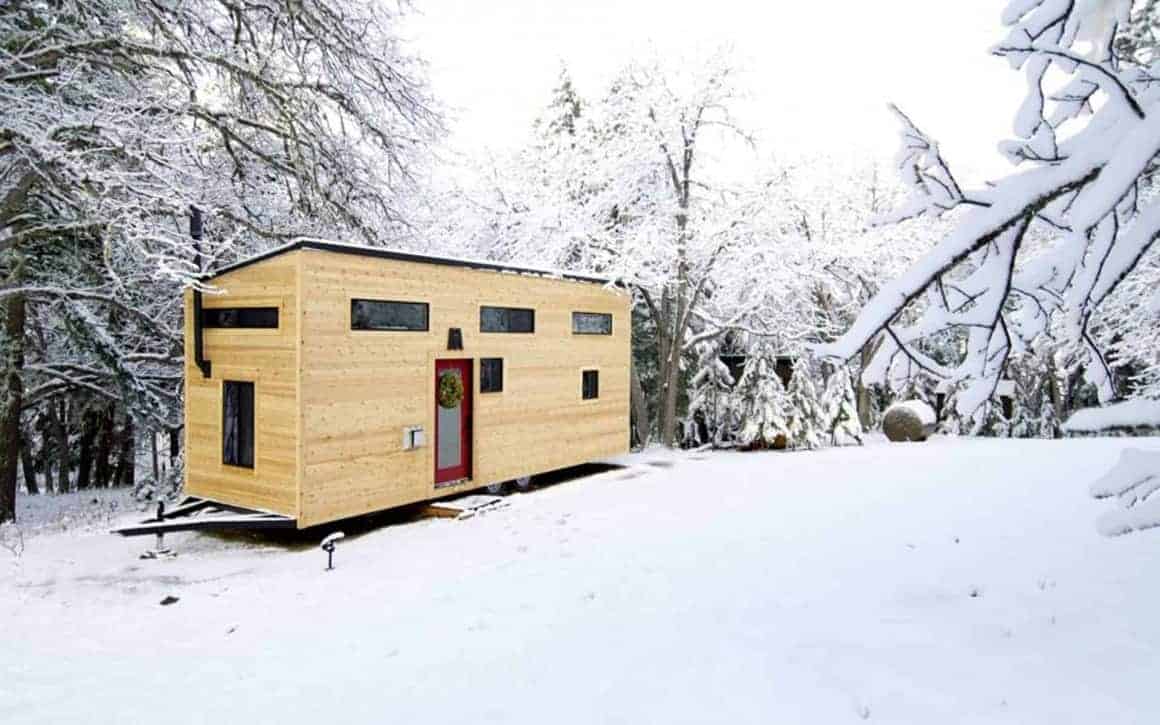
There are two types of tiny houses; the type that’s on wheels is classified as a recreational vehicle (RV), and the type that is built on a foundation is legally considered an “accessory dwelling unit”.
Tiny House-Friendly US States
Nomad living in the United States with a tiny house boils down to progressive building codes and zoning.
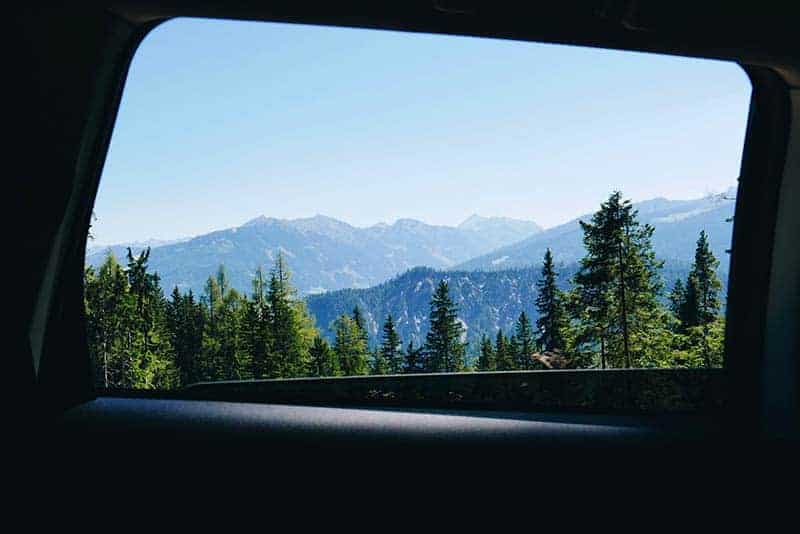
The following US states are TH-friendly due to either their zoning laws and/or their building codes:
- California
- Colorado
- Florida
- Massachusetts
- Michigan
- New York
- Oregon
- Texas
Check out this article on Curbed for a complete explanation of US-based tiny houses, building codes, and zoning.
Connect with other tiny house enthusiasts via the Tiny House People Facebook group, and learn everything you need to know about building a tiny house here.
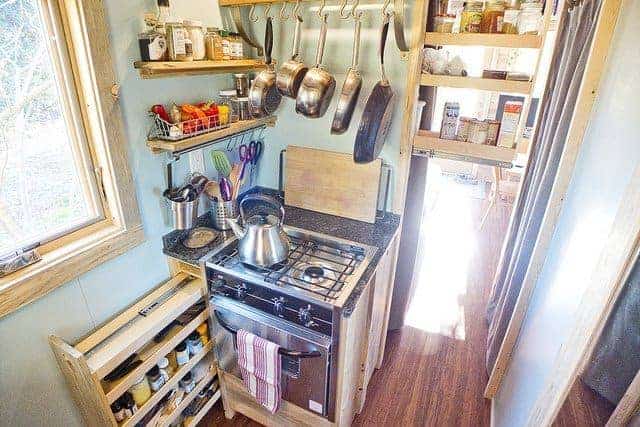
Van Life in the US
Just in case you didn’t get the memo, nomad living in a van isn’t creepy anymore. It’s more like the rustic cottage on wheels of nomad life.
There’s plenty of blogs and Facebook groups on the subject and some of the vans people are using to live nomadically in the US have all the comforts of a bachelor pad. Even Google employees live nomadic (you can view Brandon’s personal blog here).
I’ve seen vans with fold out desks for working, full-sized beds, small fridges, and even little bathrooms with a working shower and toilet.
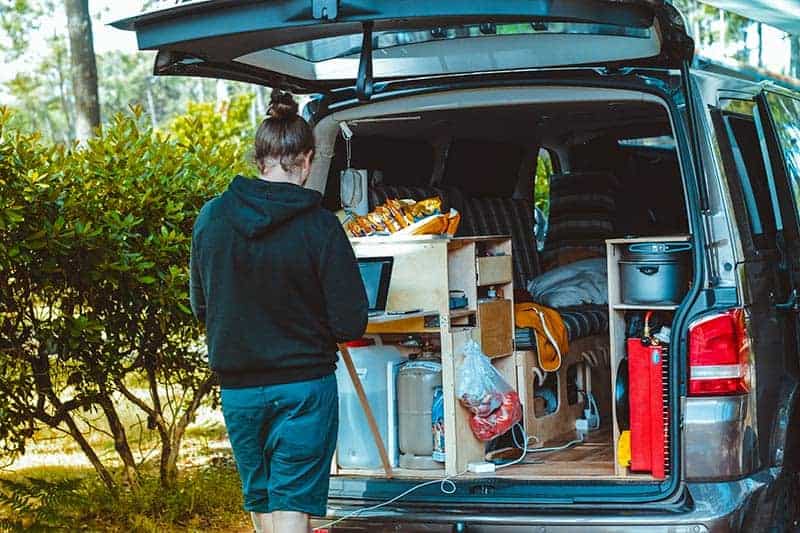
I’ve been a member of Van Life: Dwellers, Nomads, and Vagabonds for awhile and it’s a 16,000+ strong Facebook group that’s full of awesome people with a good attitude helping each other make their nomad living dreams become a reality. There’s also a very active Van Life Reddit community, too.
Van life is probably more for adventure-seekers who love the great outdoors and can’t sit still in one location. This also means that finding a “van-friendly” city is less of a priority.
Parking overnight is easier because nomad living in a van is less conspicuous, and a Walmart parking lot could suffice when you’re in a jam. Otherwise there’s the National Park Service website to help you map out quiet places to rest your axles for longer stays.
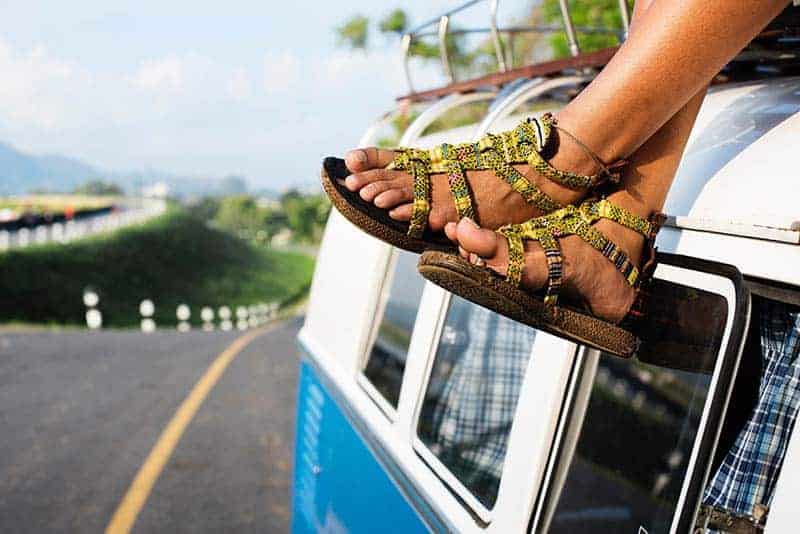
Nomad Living with Kids
Nomad living is not exclusive to young single folks –there are plenty of nomad families out there living healthy, happy lives.
We’ve got a couple articles on Hobo with a Laptop about how to embrace nomad living when you have a family.
In this article you can read an interview with the Wagoners, a digital nomad family living far outside the Western bubble and getting along fine. In it they discuss what it was like to transition into nomad living with kids, sacrifices they made, challenges they overcame, and so on.
In this article we compiled experiences from a few different nomad parents and looked at health and safety concerns, what it was like for their children to be uprooted, and other advice from a digital nomad mom.
Related: International Health Insurance Review: A Guide to Nomad Insurance
The concept of “home” is transferred from a brick and mortar building to “home is where the Teddy Bear is”, or “where mommy and daddy are”.
– Liisa Vexler
And finally, I recently came across this article by Scary Mommy (don’t let the name fool you!) that talks about the costs associated to nomad living with kids in the US.
There’s plenty of information about nomad living with kids out there if you sniff around.
Travel Insurance, Simplified
We recently reviewed World Nomads and Safetywing, the top two travel insurance providers among long-term travelers and digital nomads.
Safetywing is incredibly economical, but is it comprehensive enough for your needs? World Nomads offers more coverage, but is it too much?
Find out, read our side-by-side comparison.
Learn More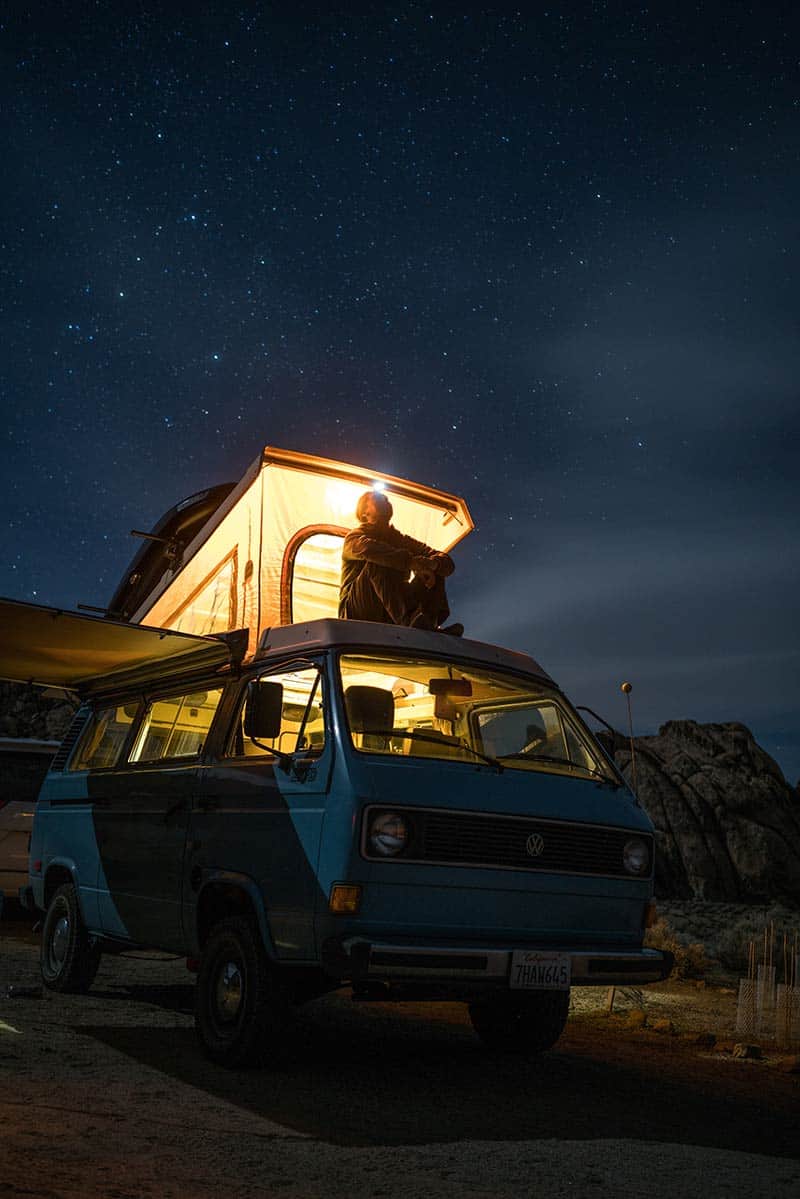
In Summary
No matter the circumstance, there’s a flavor of nomad living that will fit your lifestyle and budget if you’ve got nerves of steel to carry your ambition through the first few months –those are probably the hardest and will test your mettle.
Related: How to Become a Digital Nomad, Step-by-Step
Nomad living is as scary as it is exciting in the beginning. I circled the runway for a full year before I made the leap. And that was after I downsized to nothing more than a carry on.
I’m curious –why are you reading this? Yeah, you. What led you here, how long do you have before you make the leap? Leave a comment and maybe you’ll make a friend.
If you’d like to read more articles that will help you transition into nomad living, check these out:
- The Vanual: How to Convert a Van and Much, Much More
- Learn How to Build a Tiny House (Tiny House Plans)
- How to Handle Criticism for Rejecting the Status Quo
- The Pros and Cons of the Digital Nomad Lifestyle
- How to Get Your First Entry-Level Remote Job
- How 22 Digital Nomads Make Money Online
- Digital Nomad Tools We Use and Trust
- Need to talk? I do coaching, too
Special Discounts for Lonely Planet
Check out Lonely Planet’s book shop for more travel information. With our link you are eligible for discounts other people won’t receive, and free shipping on orders over $40 USD (or $50 CAD).
They often run Buy One, Get One deals –so check it out.
Visit Lonely Planet
All images used with permission on this post and others on Hobo with a Laptop



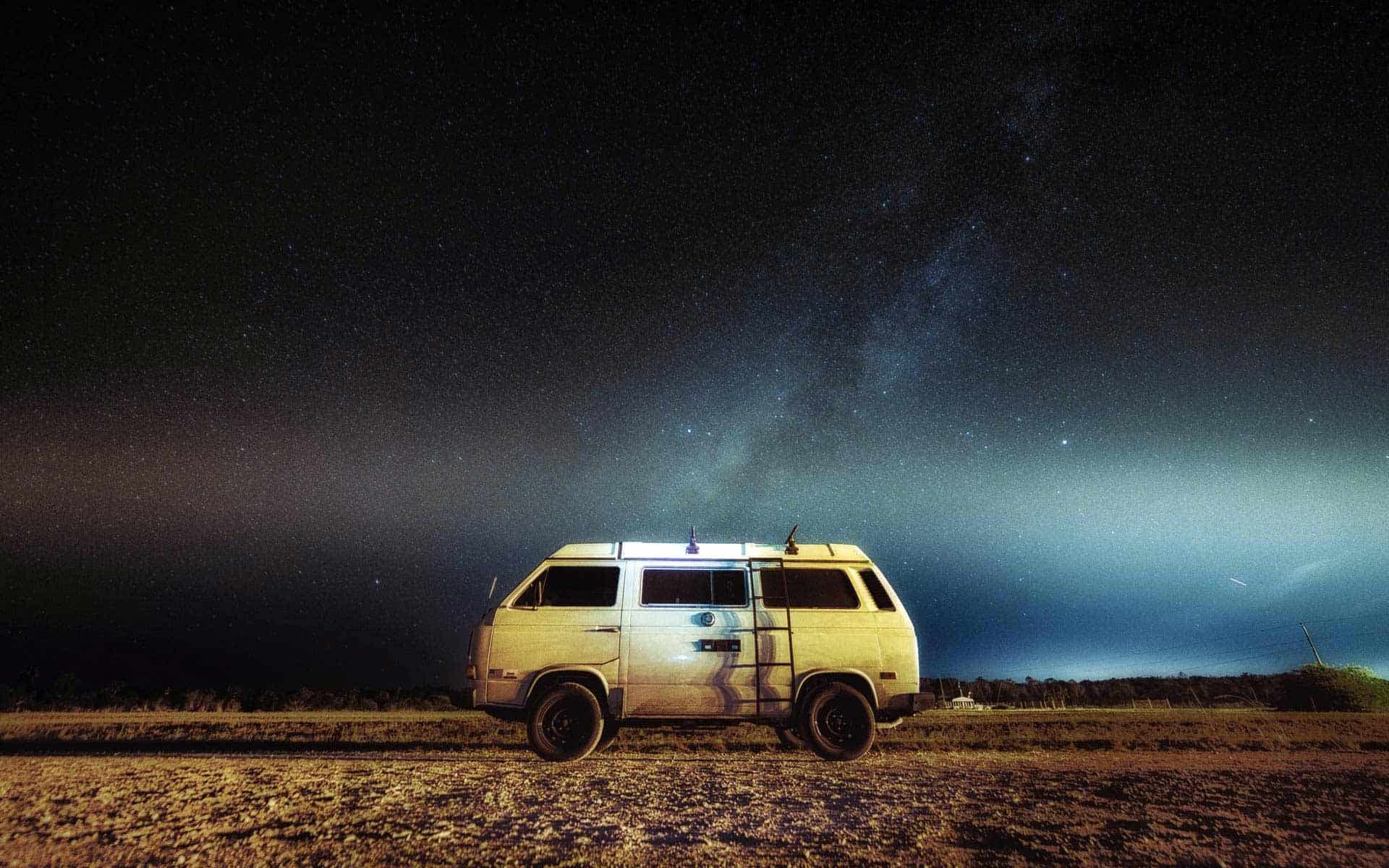
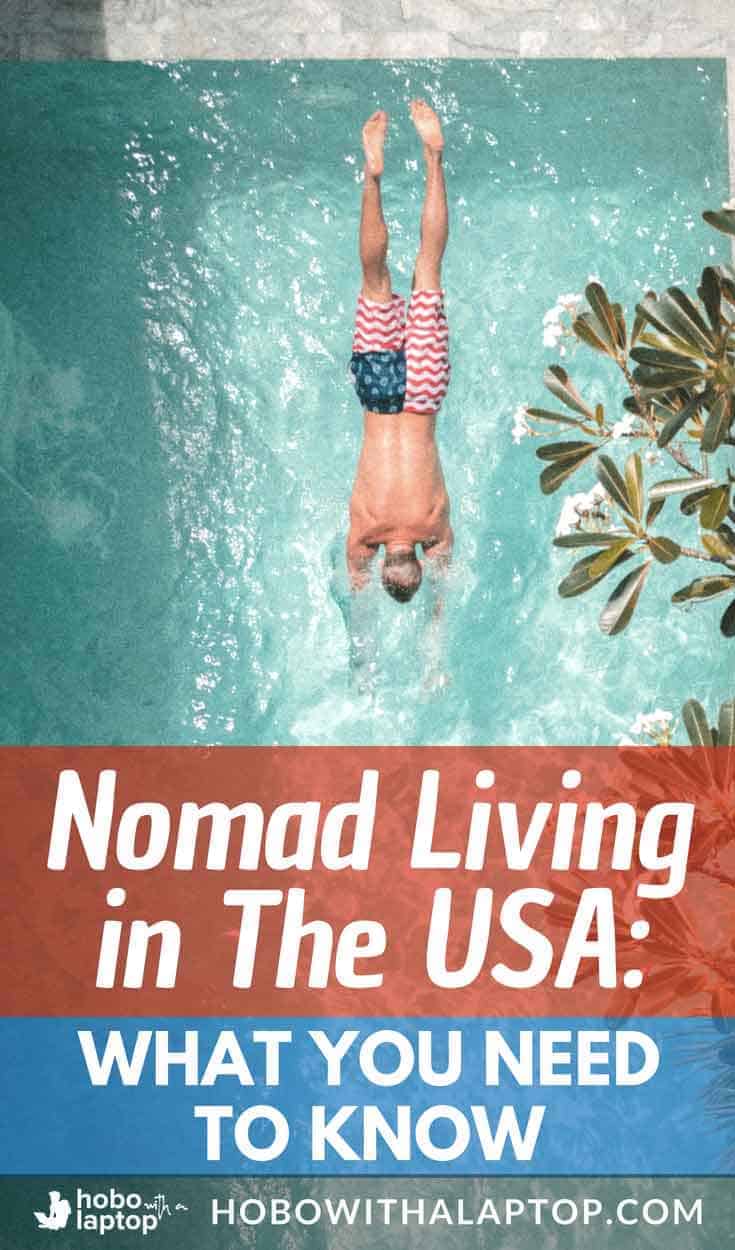
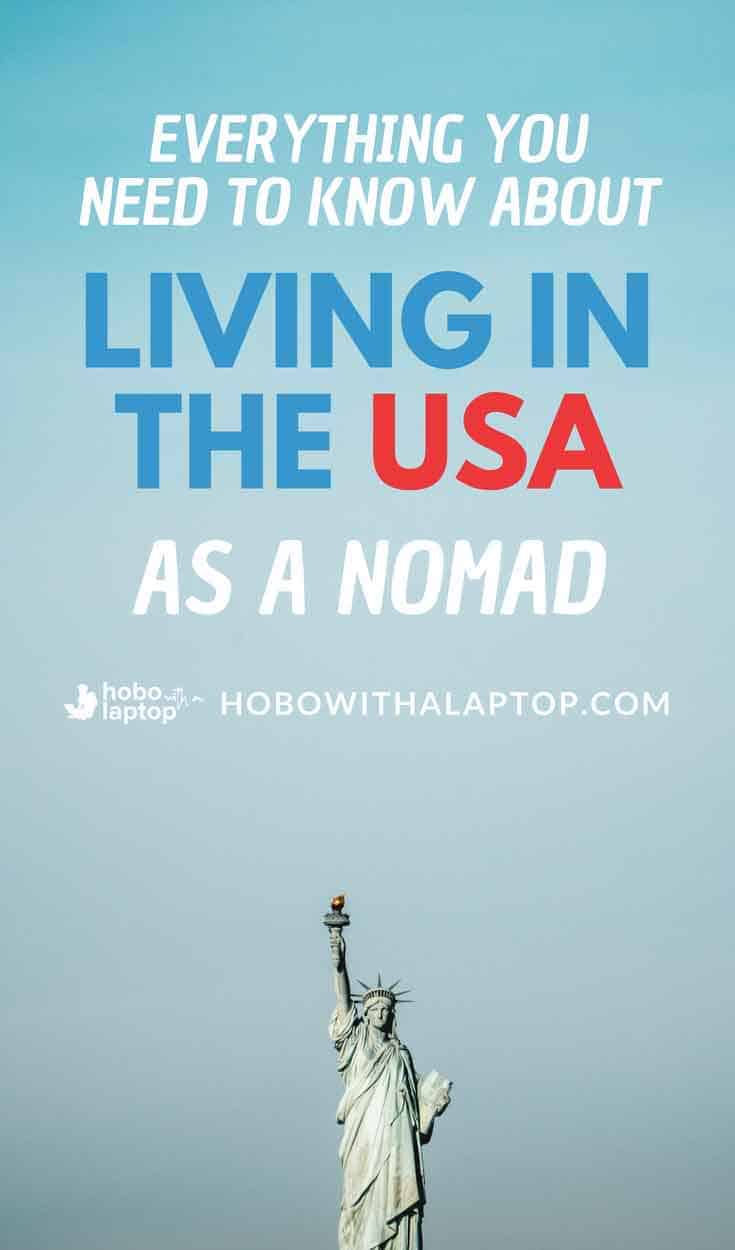

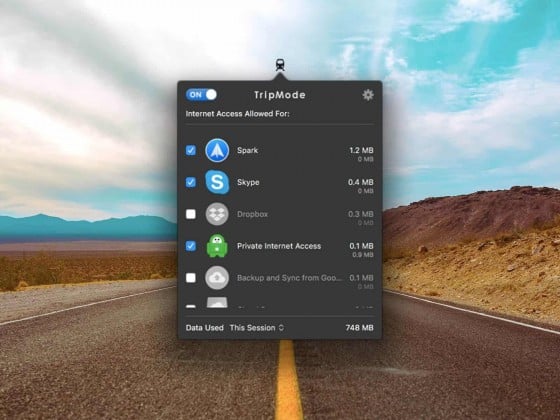
11 comments
I found your article while looking to see what types of nomad communities are out there and what all remote jobs are available out there. I find the nomadic lifestyle appealing, as I was truck driving for the last few years because I love to travel. But I came to realize I was not getting to see as much as I would have liked because I was always on such a tight schedule going from point A to point B. My mother passed away in April of 2021 and the fact that both of my parents worked all their lives, but never got to experience life really hit me hard. Why should I work 14 hours a day, 7 days a week just to have things I don’t need. I wasn’t unhappy with my work, I loved it. But once I came to the realization that I was giving away the most important thing in life all of us have (time) I looked at things very differently. I became so discontent with what I was doing that I quit without warning and started searching for another path. As it turns out, I’m not as alone in this thought process as I felt when I first set out to live a nomadic life style. It took me awhile to find the vehicle I wanted. I had savings, and rather than waste it on a house, I purchased my dream vehicle, an H1 hummer wagon. While not exactly a practical vehicle, it is what I’ve always wanted, and there’s nowhere it won’t be capable of taking me, and it has plenty of room for me. I think the hardest part so far for me is keeping the hope alive as I prepare to hit the road. I feel like current events are trying to drain us all of hopes and dreams for the future. Thanks for this article, and stay strong people! I do plan to make a vlog for it on YouTube, so if you ever see videos of a guy living the nomad life in a hummer, it’s probably me. xD
Very slick ride, Will. But malarky, those gas prices!
Thanks for your thoughtful comment.
We live in interesting times, a controlled demolition to kick the reset button it seems. Demoralisation from the top down is just the lubricant, don’t give into it.
The key is to find your place in it, even if it’s just to sit back at a safe distance to watch it all burn. Personally, I’m more hopeful about the future than I have ever been, the renaissance to follow the dark years ahead will be a beautiful thing. Our challenges have finally come out into the open, we can finally address them. May the best ideas win.
As a Canadian myself, I am in awe of the state of Canada as well. I have decided to seek residency in another country. I know many Americans and Canadians alike who are leaving because they disagree with what is happening, and our currencies go much further in other parts of the world. Maybe you ride that Hummer south.
Best of luck wherever you find yourself, and check in again to let me know how it goes. Go find your tribe, in person –they’re going to be more valuable than gold in the coming years.
Mike
Hey Michael!
Googled nomad living in the U.S and now I’m here! I’m a 30 something single guy just trying to figure out what I really want out of life. At a crossroads of sorts. Hate my job and where I live yada yada. I live in the northeast and the cost of living is absolutely not worth it.
Always been the adventurous type but I grew up in a uber conservative by the book kind of family. Convincing them this is an ok idea might be tough. I’m a videographer/photographer/editor so I’m sure I can find work.
I’m just not quite sure where to start I guess. Thanks for reading my mess of thoughts!
-Pat
Hey Pat, glad you’re here.
Any form of nomadic living is half income strategy, and the the other half revolves around lifestyle. Like van repairs or the whole tourist visa, Airbnb bookings, flights, et al.
Dig deep and approach it psuedo-professionally like you would any career-related project planning phase.
Create a solid list of questions before you jump in, and let that guide your research. Consider any and all foreseen challenges before you green light a nomadic lifestyle.
How will you manage your money? Have backup accounts like Wise.com (formerly Transferwise). Are you already on a razor’s edge? Don’t skimp on insurance, a small unfortunate situation can cascade into visceral hellscape quickly. Living in a van? Being able to poop at leisure is a pre-requisite for location independence lol.
I’ve documented my situation from the beginning here on Hobo with a Laptop:
Article: https://hobowithalaptop.com/become-digital-nomad
Section: https://hobowithalaptop.com/digital-nomad
In the end, it could be a great way to spend a few years shopping for where you feel at home, most. After that is anyone’s guess.
Happy trails,
Mike
Thank you very much you’re awesome!
I’ve been a traveler, all my life. From one adventure to another. I lost my leg in one adventure. That was an adventure in and of itself.
I drive a 4×4, diesel wheelchair van and pull a travel trailer. When I get to someplace that looks interesting, I drop the trailer and go exploring with the van. When I find a likely camp site, I go back for the trailer.
Why was I reading the article? Because, while I meet all kinds of interesting people, I’m socially awkward. I’d love to have a traveling companion other than my dog. She’s just not real good at intellectual conversations.
My sister says I’m a catch because I have a good retirement income, no bills (except for the new trailer), my own medical and I live by the code: Do The Right Thing.
As a one-legged adventurer, I get into all kinds of situations but it’s so much fun. Just wish I could share it.
Sounds like a really solid situation, Duane. If you’ve got a blog, feel free to share it here –If not, a blog is a great way to meet people to add to your journey. We’ve made lifetime friends through this one.
I’ll leave this here, you never know who might discover it! Happy Holidays.
I will be taking the leap next January. I have the opportunity to keep my current job and work remotely. I will be utilizing AirBNB type lodging. I currently have a 2 year plan…travel up the US east cost in 2021, and the west coast in 2022, moving every 2-3 months. We’ll see what comes after that. I’ve lived in the Midwest my entire life (Kansas, Iowa, Texas). Although I’ve visited the coasts, I’m excited to spend extended time exploring. Any help in pointing me to information regarding such things as taxes, insurance (car, trip, health, etc.), meeting people, etc. is greatly appreciated).
That’s a sound plan, Carol.
I recommend you keep a “home” address in the city or state you started in, as that will make your car insurance and taxes easier. I’m Canadian, but we partnered with a US tax services provider to write about digital nomad tax information for US citizens.
Beyond that, you may prefer freelancer insurance over travel insurance. Many travel insurance providers won’t cover an American traveling in America for too long. Most travel insurance won’t cover you if there’s another pandemic either.
On the flip side, the freelancer insurance I linked to above will cover you for all the things you’d expect from some kind of employer insurance, like cancer treatment, COVID-19 treatment, and other dire situations. It costs more than regular travel insurance, but it truly is the safest way to go.
In either case, happy trails and sincere best of luck on your journey.
This article was awesome. My husband and I both have Gypsy souls, we can’t sit still!! Last April he was diagnosed stage 3 lung cancer. We found out three days ago he is in remission! This is the time! We unfortunately have to wait a year for him to finish treatment, but that will give us enough time to buy and build our nomad home! Thank you for the article! We are so excited to start living free!!
All great news –happy to hear and thanks for your comment, Angela!